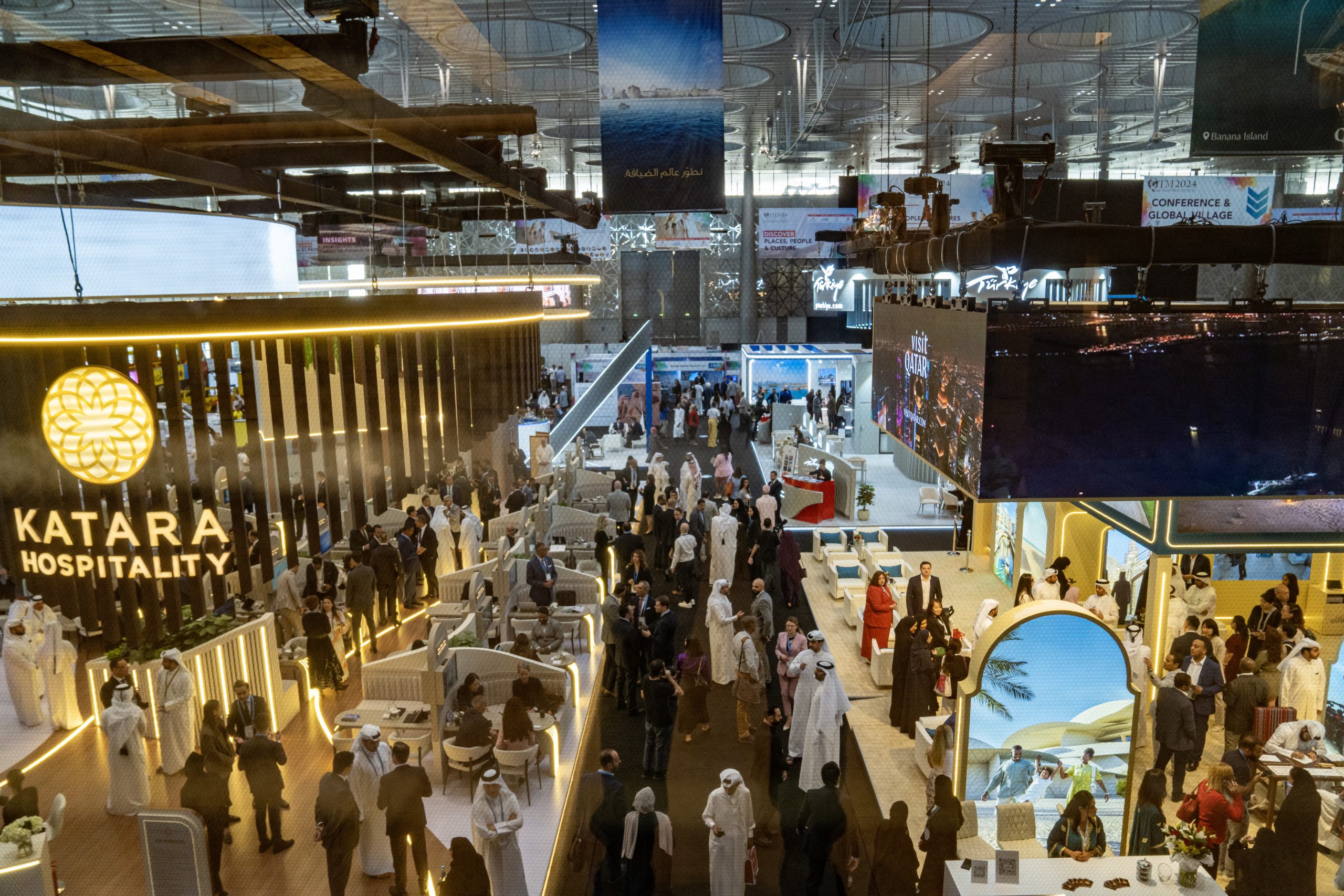
The Qatar government has said it plans to spend billions of dollars to construct new hotels, attractions and other tourism-related infrastructure in an effort to increase the number of visitors to the Gulf country five-fold by 2030.
On Sunday evening, the Qatar Tourism Authority held a gala to release its new national strategy, which projects that the number of visitors to the country will rise from 1.2 million in 2012 to between 6.7 million and 7.4 million in 2030 – which comes out to some 600,000 tourists a month.
Though the bulk of Qatar’s base currently comes from other GCC countries, the aim is to change the demographics by wooing people from outside of the region. And in a marked departure from past preferences, the country will also aim to increase the number of leisure over business tourists, the strategy states.
Because Doha is so congested, the focus on building will be outside of the capital city, the report added.
The plan calls for the government and the private sector to collectively spend between $40 billion and $45 billion (QR145.66 billion to QR163.87 billion) in joint efforts on new tourism-related products and programs, such as upgrading the country’s public beaches, organizing luxury cruises and developing a centralized sports calendar and ticketing service.
Officials said specific examples of new attractions and facilities would be announced at a later date.
The push to attract more tourists is part of a broader effort to diversify the country’s economy away from hydrocarbons and raise Qatar’s profile abroad, government officials said.
“Tourism is a means to enhance the image and identity of a country worldwide,” said QTA chair Issa Bin Mohammed Al-Mohannadi.
In a statement, he added:
“The world is changing. We must open up our hearts and minds. We must invite people to our country so we can learn from them and they can learn from us. Tourism is the gateway to the world. Focusing on tourism will also enable us to improve our infrastructure and visitor facilities and services.”
His remarks follow on a new round of criticism of Qatar over its human rights record from international media outlets, which has spurred discussion at home about the country being misrepresented in the eyes of the world.
Challenges
Foreign investment limits, visa restrictions, a shortage of skilled tourism workers and relatively sub-par visitor attractions are all factors limiting the sector’s growth, the strategy said.
The document also envisions a resolution of other issues, such as a lack of mid-range hotels to balance the country’s existing stock of luxury facilities, as well as preserving the country’s Islamic identity and moral code while luring visitors from across globe.
It did not, however, specify what that preservation entails. No mentions were made, for example, about a modest dress code or the restricted availability of alcohol, and how that would affect Qatar’s ability to court tourists from Europe.
While documents released Sunday don’t offer specific solutions to all these challenges, officials have previously floated ideas such as allowing companies to establish completely foreign-owned tourism businesses and creating a unified tourism visa for GCC states, akin to Europe’s Schengen system.
Tourism portfolio
QTA plans to focus its promotional and funding efforts on tourism products and services that fall into the following categories:
- Culture: Authentic Qatari and Arab experiences, including festivals, museums, markets, art galleries and heritage sites;
- Urban: Shopping, entertainment, dining and relaxation;
- Meetings, conferences and exhibitions: Business tourism that includes expos, conferences and other events;
- Sun and beach: Water sports, luxury cruises, waterfront resorts and dhow races;
- Health and wellness: Using Qatar’s hospitals and medical research facilities to position the country as a destination for those seeking health care;
- Nature: Wildlife, desert dunes and bodies of water;
- Sports: International events such as the Qatar Masters golf tournament, the Qatar Open and, of course, the 2022 World Cup; and
- Education: Develop short-term / executive courses and professional training programs.
The tourism strategy places an emphasis on setting up more tourism-related attractions outside Doha.
This, it says, would reduce internal migration to the country’s capital by creating more economic opportunities in other towns and cities while broadening the range of leisure and recreation activities across the country.
Who to target
Tourists from GCC countries – namely Saudi Arabia – made up 70 percent of the 1.2 million visitors to Qatar in 2012. By 2030, the QTA wants to virtually reverse that ratio and shrink the share of guests coming from elsewhere in the Gulf to roughly 36 percent.
In absolute terms, however, the number of GCC visitors will keep growing as tourist arrivals increase.
QTA did not specify where it expects to attract these non-GCC tourists from, but mentions that it has identified several unidentified “primary markets” from which to court visitors.
The United Kingdom and France appear to be two countries that Qatar is targeting. QTA has set up satellite offices in London as well as in Paris, where several full-size outdoor billboards – featuring players from football club Paris Saint-Germain in front of iconic Qatar landmarks – have been erected.
A press release said QTA plans to establish eight more international offices, but organizers of Sunday’s event refused to say where those facilities would be located.
Here’s the full strategy document:
Thoughts?







